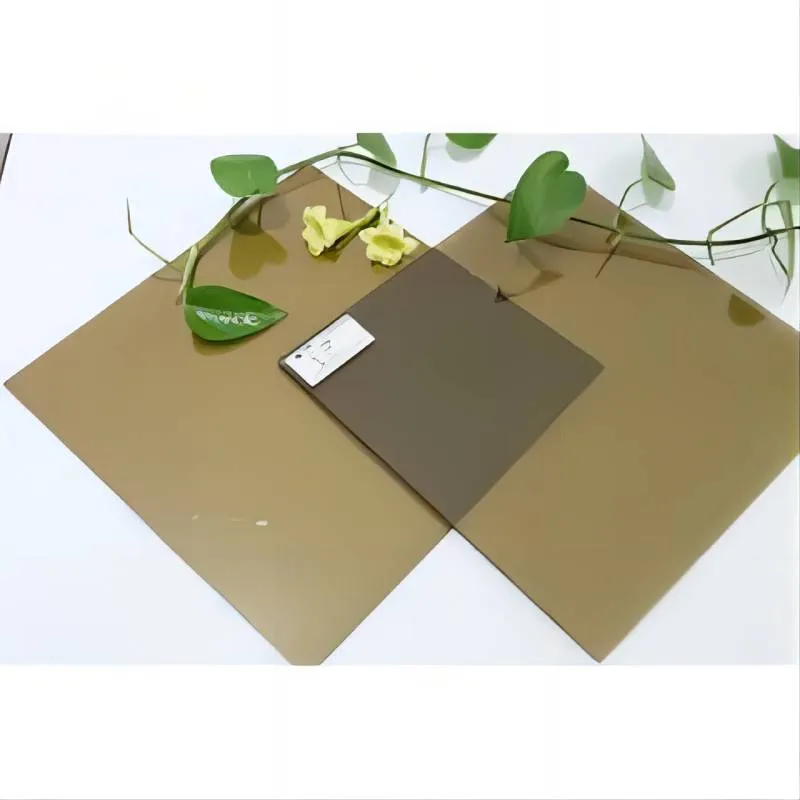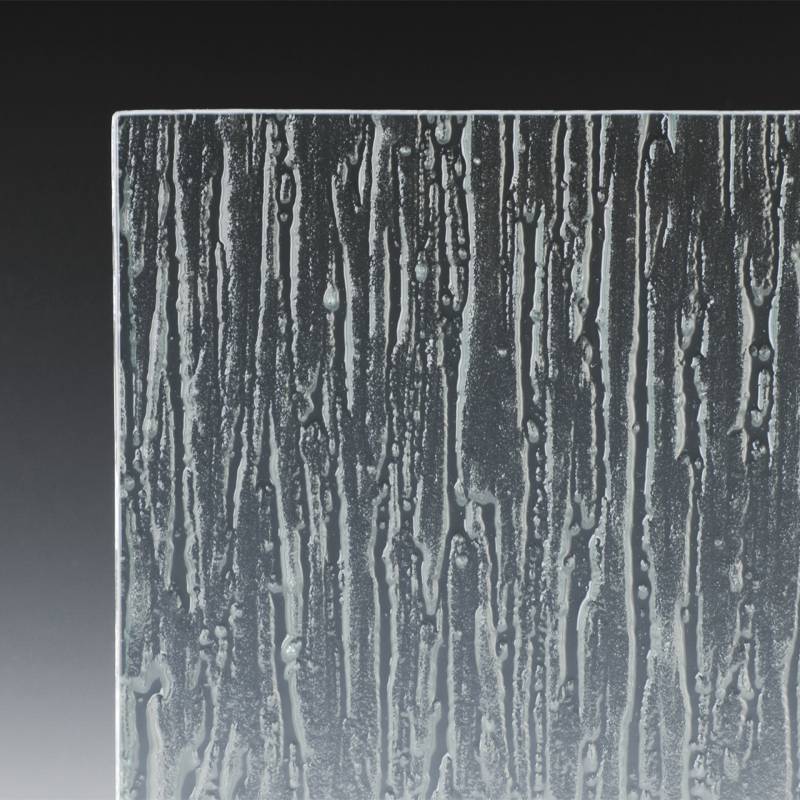The float glass process revolutionized the glass manufacturing industry, offering an unparalleled method for producing high-quality glass that remains integral to the industry today. Through a finely-tuned dance of chemistry and engineering, it results in smooth, impeccably flat sheets of glass, suitable for a variety of applications from skyscrapers to vehicle windshields.

At the heart of the float glass process is a pristine bath of molten tin. This innovation, introduced in the 1950s, allows molten glass, heated to over 1,000 degrees Celsius, to be carefully poured from a furnace above onto a bed of molten tin. Because molten glass is moderately viscous and has a similar density to tin, it naturally spreads out over the liquid tin, forming a flat and even surface on both sides as it cools slowly across the bath. This method eliminates the need for mechanical rollers that can leave imperfections on the glass surface.
Once the glass has formed a stable sheet over the tin bath, it enters a carefully controlled cooling process known as annealing.
This involves slowly lowering the temperature of the glass to relieve internal stresses. The annealed glass emerges with remarkable strength and clarity, making it an ideal candidate for further processing. Through cutting, polishing, and coating, float glass can be transformed for specialized uses while maintaining its base qualities of transparency and smoothness.

Beyond technical procedure, the economic and environmental impacts of the float glass process are significant. Its ability to produce large, continuous sheets of glass with uniform thickness reduces material wastage and energy costs, providing manufacturers with a cost-effective method. Furthermore, advancements have led to greater energy efficiency and reduced emissions, aligning with modern standards for environmental responsibility. Glass quality has improved over the years, thanks to ongoing research and development. Today's float glass can be enhanced for thermal insulation, sound attenuation, and even photovoltaic applications, showcasing the material's versatility.
float glass process
Establishing a strong presence in the competitive landscape of the float glass industry demands both technical expertise and a commitment to quality. Producers must adhere to stringent quality control protocols to maintain the mechanical strength and optical clarity that define premium glass products. Utilizing cutting-edge technology, such as real-time monitoring systems and advanced computational modeling, ensures precision and fosters innovation in production.
Moreover, partnerships with architects and builders have continued to redefine the applications of float glass, pushing the boundaries of design and architecture. Whether it’s for creating the towering glass facades of modern urban centers or the sleek, aerodynamically designed windshields of vehicles, the process serves as a foundational element in modern construction and manufacturing.
Trust in the float glass process is underscored by decades of successful implementation and continuous improvement. Manufacturers globally uphold rigorous standards to meet the demands of an evolving market, ensuring that the glass used in everyday products meets the highest standards of safety and performance.
In a market that values innovation and efficiency, staying ahead means continually refining techniques and embracing new technologies. By focusing on sustainability, quality, and reliability, brands can establish themselves as leaders in the float glass industry, creating products that not only fulfill essential functions but also inspire through design and technological excellence.
 Afrikaans
Afrikaans  Albanian
Albanian  Amharic
Amharic  Arabic
Arabic  Armenian
Armenian  Azerbaijani
Azerbaijani  Basque
Basque  Belarusian
Belarusian  Bengali
Bengali  Bosnian
Bosnian  Bulgarian
Bulgarian  Catalan
Catalan  Cebuano
Cebuano  Corsican
Corsican  Croatian
Croatian  Czech
Czech  Danish
Danish  Dutch
Dutch  English
English  Esperanto
Esperanto  Estonian
Estonian  Finnish
Finnish  French
French  Frisian
Frisian  Galician
Galician  Georgian
Georgian  German
German  Greek
Greek  Gujarati
Gujarati  Haitian Creole
Haitian Creole  hausa
hausa  hawaiian
hawaiian  Hebrew
Hebrew  Hindi
Hindi  Miao
Miao  Hungarian
Hungarian  Icelandic
Icelandic  igbo
igbo  Indonesian
Indonesian  irish
irish  Italian
Italian  Japanese
Japanese  Javanese
Javanese  Kannada
Kannada  kazakh
kazakh  Khmer
Khmer  Rwandese
Rwandese  Korean
Korean  Kurdish
Kurdish  Kyrgyz
Kyrgyz  Lao
Lao  Latin
Latin  Latvian
Latvian  Lithuanian
Lithuanian  Luxembourgish
Luxembourgish  Macedonian
Macedonian  Malgashi
Malgashi  Malay
Malay  Malayalam
Malayalam  Maltese
Maltese  Maori
Maori  Marathi
Marathi  Mongolian
Mongolian  Myanmar
Myanmar  Nepali
Nepali  Norwegian
Norwegian  Norwegian
Norwegian  Occitan
Occitan  Pashto
Pashto  Persian
Persian  Polish
Polish  Portuguese
Portuguese  Punjabi
Punjabi  Romanian
Romanian  Russian
Russian  Samoan
Samoan  Scottish Gaelic
Scottish Gaelic  Serbian
Serbian  Sesotho
Sesotho  Shona
Shona  Sindhi
Sindhi  Sinhala
Sinhala  Slovak
Slovak  Slovenian
Slovenian  Somali
Somali  Spanish
Spanish  Sundanese
Sundanese  Swahili
Swahili  Swedish
Swedish  Tagalog
Tagalog  Tajik
Tajik  Tamil
Tamil  Tatar
Tatar  Telugu
Telugu  Thai
Thai  Turkish
Turkish  Turkmen
Turkmen  Ukrainian
Ukrainian  Urdu
Urdu  Uighur
Uighur  Uzbek
Uzbek  Vietnamese
Vietnamese  Welsh
Welsh  Bantu
Bantu  Yiddish
Yiddish  Yoruba
Yoruba  Zulu
Zulu 


